This year’s earth day theme of “Restore Our Earth” resonated throughout the sustainability webinar that Philippines Graphic and COOK Magazine, organized in March in anticipation of the global April 22 Earth Day celebrations.
With Sen. Cynthia A. Villar, chairperson of the Senate Committee on Agriculture and Food, and Environment and Natural Resources as keynote speaker, the webinar explored, “Possibilities for a Brighter Future: Achieving Zero Waste by 2030.”
“There should be shared responsibility among us when it comes to waste management because, after all, we all generate waste, all of us without exception. There should be greater private and public sector participation in the development of waste management projects and programs,” Sen.Villar said.
In her keynote address, Villar noted that 20 years had passed since Republic Act 9003 or the “Ecological Solid Waste Management Act of 2001” was enacted into law. And yet, she observed, that it had not been effectively implemented.
PLASTIC POLLUTION
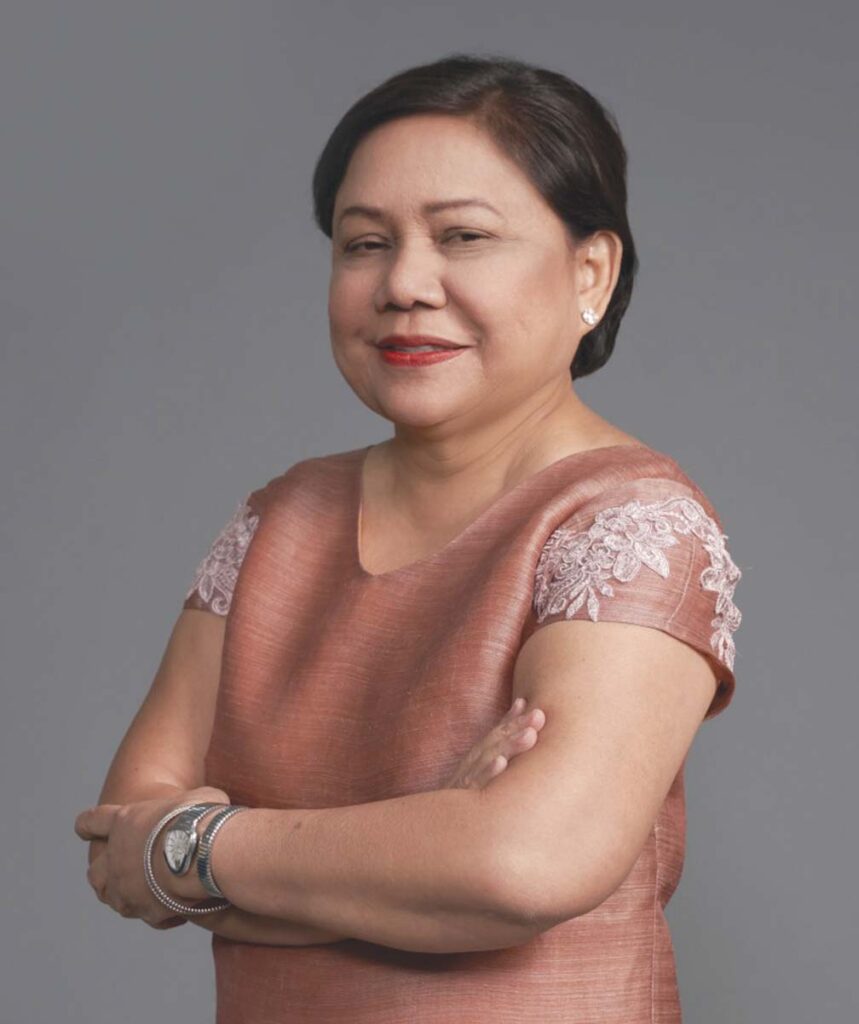
“The failure to implement the law has led to the planetary crisis we are now in and that is plastic pollution. It is estimated that 8.3 billion tons of virgin plastic have been produced globally and according to the United Nations Environment Program, a mere 9% of this has been recycled,” Villar said.
Most of the plastics end up in landfills and in the environment. Since about 80% of ocean plastic or marine litter come from land–based sources, the problem now affects both land and water.
Villar said she had filed a bill that would amend RA 9003 by institutionalizing the practice of Extended Producers Responsibility (EPR). It will mandate companies, especially in industries that generate plastic wastes, to be responsible “for the proper and effective disposal of their products after they have been sold to and used by consumers with the objectives of reducing waste generation and of improving recyclability or reusability of wastes which include plastic containers or packaging materials.”
She also intends to pass a law against single–use plastics. One of the bills that will be consolidated with other bills is Senate Bill No. 333 or the Single–Use Plastic Product Regulation Act of 2019 that she authored. It seeks to regulate the manufacturing, importation and “single use” of plastic products.
SEGREGATE, TREAT, RECYCLE
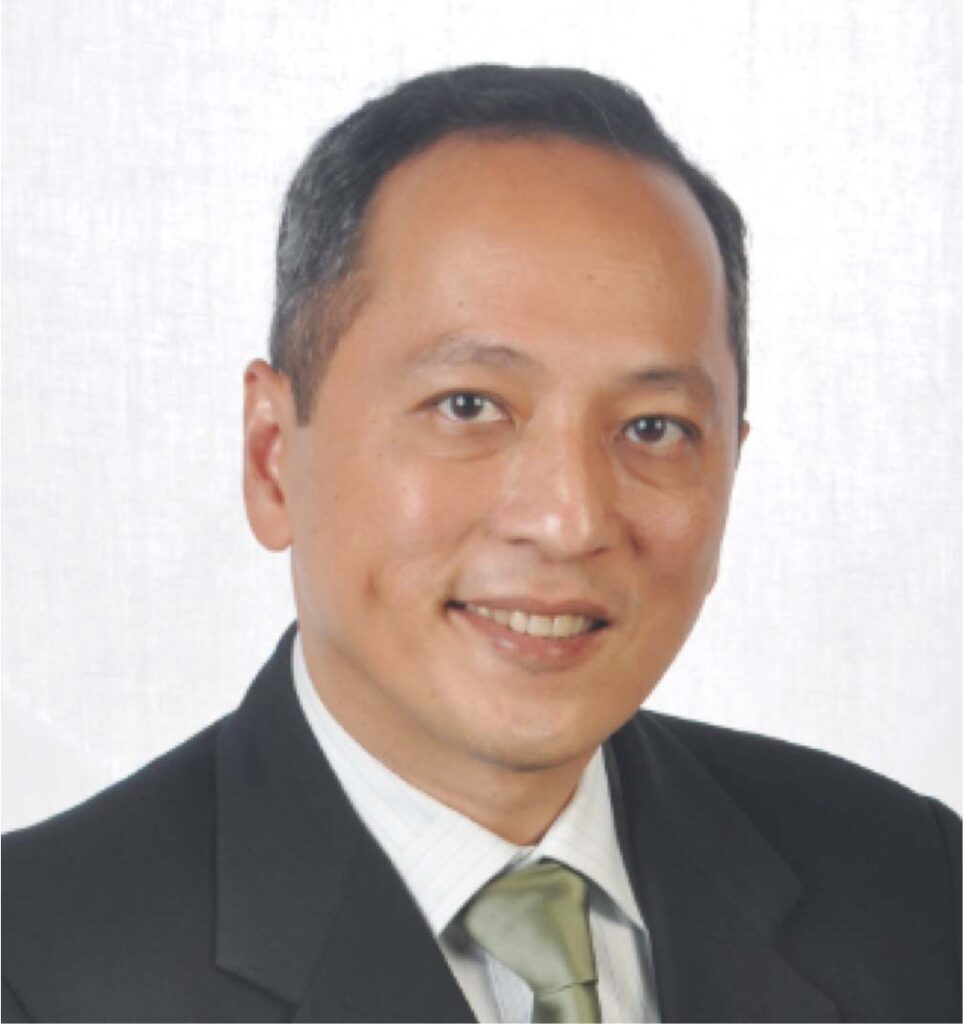
Crispian Lao, Commissioner of the National Solid Waste Commission highlighted the state of the country’s environment which has already been feeling the effects of climate change and marine litter, among others.
Citing marine studies and research, Lao said that majority of plastic enters the ocean from a small geographic area, and that over half comes from just five rapidly growing economies—China, Indonesia, the Philippines, Thailand, and Vietnam.
“The Philippines is the third source of pollution to the marine environment. This is really a challenge because we are an archipelago and most of the population is from the low income segment and they depend on sari sari stores and the tingi or sachet market,” Lao said.
Under the Solid Management Waste Act of 2000, all solid waste should be converted into resources and those that cannot be composted will end up in the landfill. Special household waste or hazardous waste, Lao said, has to be treated and not just disposed of.
“An increase in medical waste has also been noted because of the compulsory use of face masks,” he said. “Disposable face masks should be decontaminated in a bleach solution and this same solution should be sprayed on used tissue.”
Lao ended his presentation with tips on how to start living and working sustainably. This would entail practicing segregation at home, at the workplace and wherever one might be.
“Segregate your food waste so that the other waste will not become stinky,” he said. “Do home composting if you can and manage your other waste.”
When you do grocery shopping, bring your own bags. Buy in bulk and avoid sachets and other small packages as much as possible.
“If we can purchase in bigger quantities and purchase quality products if you can afford it because you buy the cheaper, easier to spoil products then it goes back as waste. Recycle what you can and those that you cannot recycle need to be disposed of properly,” he said.
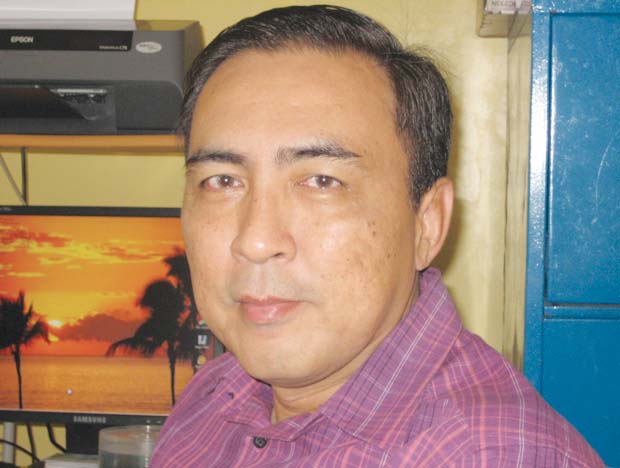
Philippine Alliance for Recycling and Materials Sustainability (PARMS) vice–president Bert Guevarra called for the creation of a Recycling Green Team. He added that the approach to a successful solid waste management program should be like a basketball game with a coach leading the team.
This Recycling Green Team will include representatives from manufacturing, retail, waste recycling, waste recovery, local government units and environment advocates. PARMS will act as coach to the team so that they will be guided accordingly.
“We don’t need superheroes. We need a green recycling team with the proper set up so that we can move forward,” Guevara said.
NESTLE’S 2025 VISION
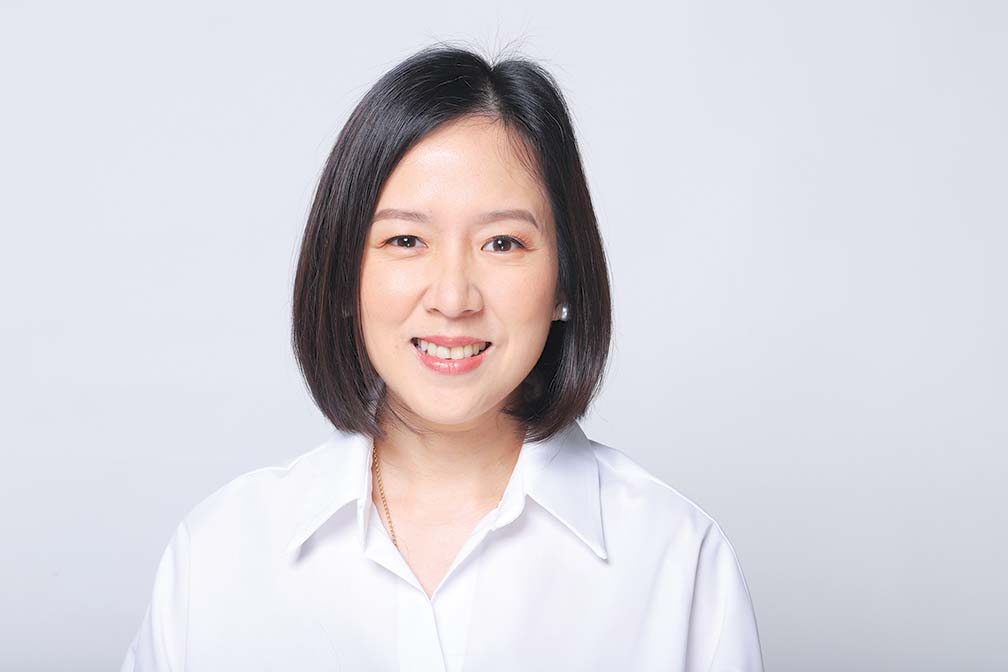
As bared by Nestle Philippines’ Tan–Bantoto in her presentation, “Kasambuhay for the Environment,” Nestle’s vision is to achieve 100% reusable or recyclable packaging by 2025.
The company aims to reduce their use of virgin plastic consumption by one third also by 2025, she said.
“We plan to do this in five ways. The first three are related to packaging innovations,” Tan–Bantoto said. “We are reducing packaging, looking at other delivery systems we could use and also pioneering new materials. We are also looking into ways in which we can increase collection, sorting and recycling and lastly educating consumers to practice the 3Rs (reduce, reuse and recycle) and proper solid waste management.”
Last year, Nestle was able to eliminate 1,100 metric tons of plastic, the equivalent to the weight of 147 elephants, after studying its supply chain and removing stretch film from its operations. They have also shifted to paper bands.
“In 2020, we became the first company that shifted our locally produced ready to drink products to paper straws,” Tan–Bantoto related. “We will continue to look for innovations to further reduce our plastic consumption and redesign our packaging to be more recyclable.”
“Lastly, it is important that consumers be also encouraged to learn more about solid waste management through modules that Nestle developed,” Tan–Bantoto said. “Educate yourself but don’t stop there. It is also important to spread the word.”
MONDELEZ’S SUSTAINABLE SNACKING
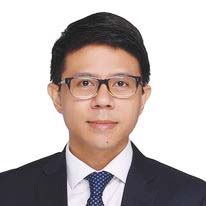
Atty. Joseph Fabul, country manager for Corporate and Government Affairs of Mondelez International, highlighted their company’s commitment to “sustainable snacking to reduce environmental impact.”
Fabul said that Mondelez is committed to use recyclable packaging materials for all their food products by 2025. “So far, the company is already 94% compliant with our commitment.”
As for Mondelez’s commitment to sustainable snacking, Fabul explained that their snacks are made of sustainable ingredients and that their manufacturing processes continue to evolve, with the goal of constantly reducing the environmental impact of their operations.
He cited that their factory in Paranaque is 100% powered by renewable energy. “We also want to highlight the use of flexible packaging materials because as a food manufacturer, we have to ensure that our customers get the right levels of food safety, food quality, food integrity.”
Fabul also underscored the importance of being able to “educate and inform consumers about the joint responsibility that the manufacturer, the government, various organizations and consumers have to carry in order to address this plastics issue which is resolved through recycling.”
GEOCYCLE’S SUSTAINABLE ROAD MAP
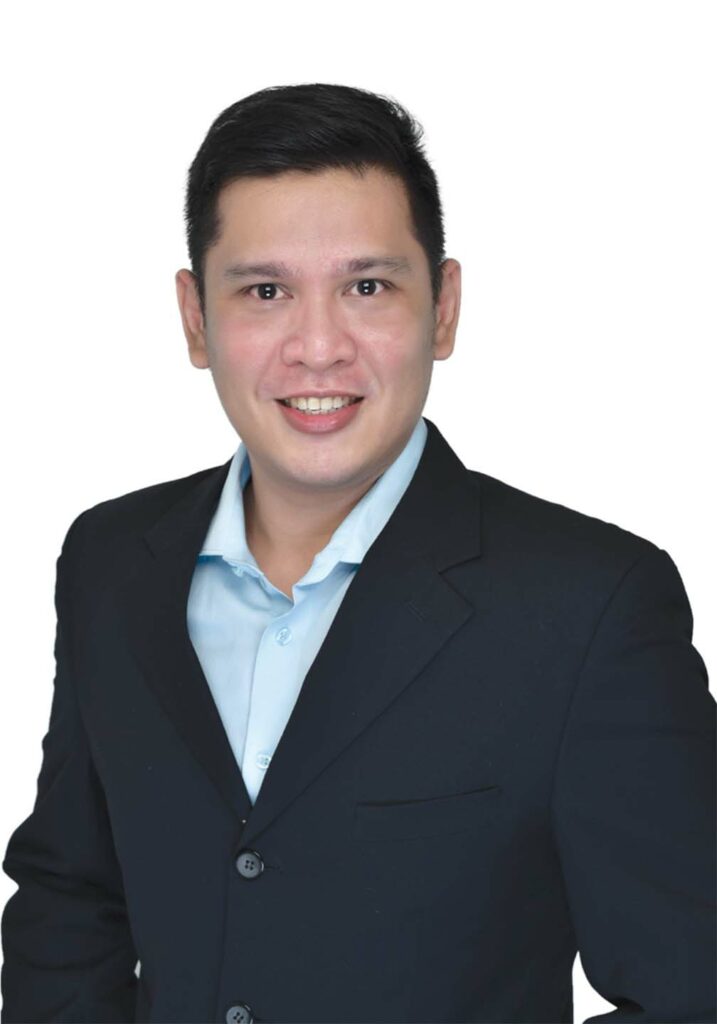
John Alan Cuyno, New Developments Project Manager of Geocycle, the solid waste management arm of LaFargeHolcim Group Philippines, spoke about “private sector contribution to sustainable waste management for industry and Local Government Units (LGUs).”
According to Cuyno, Geocycle has developed a sustainable development roadmap that aims to increase the company’s positive impact and ultimately help the United Nations achieve its sustainable development goals.
“Geocyle believes in development beyond the construction industry and has four pillars—climate, circular economy, water and nature, and people and communities,” he said. “The circular economy will be our main driver to reach the net zero pledge,” he said.
Cuyno added: “Geocycle is committed to provide sustainable waste management solutions tailor fit to customers’ business needs, taking care of its community and with high regard for the state of the environment.”
When company started in 2003, Cuyno said, it pioneered in cement kiln co–processing, which recovers energy from combustion and recycles materials from ash for use in cement production which contributes to the circular economy. “This technology complements the existing waste avoidance practices” and have permits to treat hazardous waste.
“It is a globally accepted technology which has a maximum temperature of up to 2,000 degrees C, has no solid residue, has inherent flue gas treatment and employs a continuous emission monitoring system,” Cuyno further explained.
Some industries that use co–processing technology include FMCG (Fast Moving Consumer Goods), petroleum, semiconductors, pharmaceuticals, automotive and paint, tire and rubber, local government units, agriculture, entertainment and media.
SENTINEL’S UPCYCLED PRODUCTS
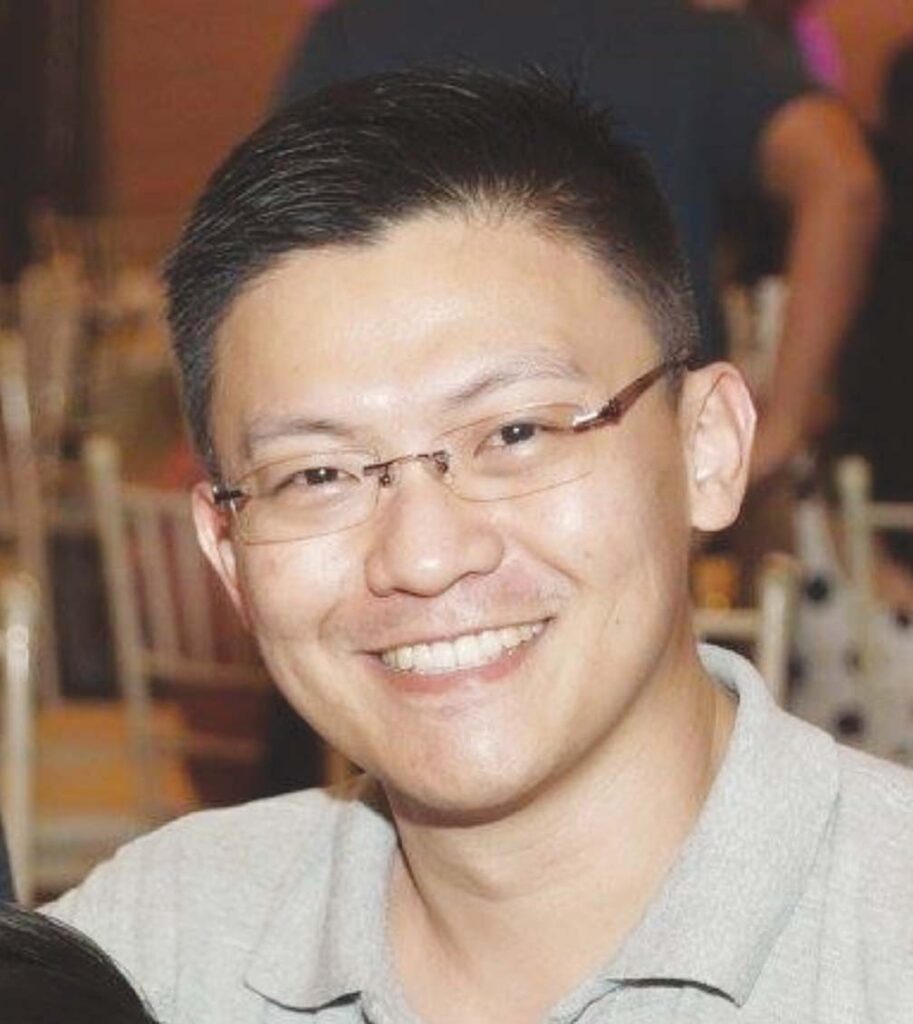
For his part, Jonathan Co, project head, Sentinel Upcycling Technologies, discussed “upcycled products as a proven solution to sustainably manage single use sachet waste.”
Co called on everyone to think of waste management as urban mining because when “you mine for minerals, you mine for resources.”
“You dispose of waste that is no longer waste under certain circumstances. It has to be cleaned, it has to sorted to have value,” he explained. “We need to treat our informal waste collection sector for being the professionals that they are. They need support, a market, and education,” he said.
Co pointed out that, “we have to take more responsibility to make sure that we are actively participating in managing the waste we create.”
Consumers should demand a science–based justification or proof that the product was actually made using environmentally sound processes and that “the product that claims to be biodegradable and compostable is indeed biodegradable and compostable,” he said.
“Plastic waste is a waste management problem and that problem is better solved if there was an economic incentive to solving it and that is what we hope that in Sentinel, we are able to provide,” Co said. “If you order from us, we order from our supplier and our suppliers are communities, villages, individuals, SMEs, which includes the junk shops and so supporting us supports them and the circular economy is able to move forward.”
CALOOCAN CITY’S EXPERIENCE
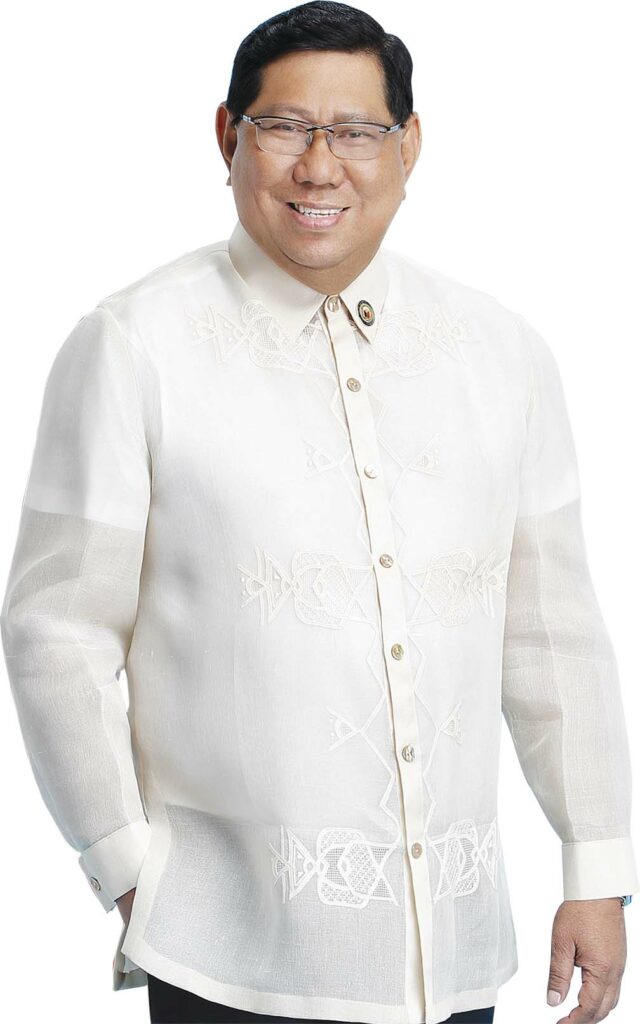
Caloocan City Rep. Edgar Ranes Erice said “the primary cause of the garbage crisis in Manila is the refusal of many local governments to adopt to the policy and that corruption is the culprit.”
Erice further stressed that under the present set up of solid waste management in the metropolis, zero waste is not possible for the following reasons: disadvantageous–to–the–government garbage collection contracts, failure to provide citywide solid waste process of reuse–recovery–recycling, poorly–managed and even illegal garbage transfer stations, rag tag barangay recycling facilities, no public participation in environmental legislation and ineffective public information system, and inadequate equipment in community disposal of garbage.
He proposed that to resolve these issues, legislation on municipal waste management should be harmonized with best practices in highly urbanized cities. Legislation must be in consultation and with direct participation of communities and stakeholders.
There must also be a masterplan on waste segregation/recovery and the establishment of well–planned environmentally–friendly sorting and composting facilities, including the acquisition of modern garbage eco–bins and other equipment, Erice said.
Further, he also proposed the deployment of eco–workers to collect garbage daily and on house–to–house basis; setting up of a massive urban gardening program; organize informal waste pickers by providing them with knowledge, skills, gears, and equipment; and dissemination of a massive information campaign on waste management at the household and community level.
VALENZUELA’S PLASTIC WASTE PROJECTS

Mayette Antonio, officer–in–charge of the Waste Management Division of Valenzuela City presented the various projects that were implemented in Valenzuela in order to deal with plastic waste.
Antonio said that through City Ordinance 47–02, Valenzuela has enforced a segregation at the source where plastic waste is discarded from the waste disposed by households for recycling purposes.
There are 257 accredited junkshops within the city where plastic waste from households are being sold. There are 92 accredited private recycler companies within the cities.
She added that the projects are in keeping up with the programs of the national agencies, such as the Manila Bay Clean Up, Rehabilitation Compliance Assessment and Water Quality Management Area Program, among others.
Valenzuela also has continuous support for waste management disposal in barangays, Antonio said, adding that barangays are encouraged to establish their own Materials Recovery Facilities (MRFs) and to effect MOAs with accredited junkshops.
She further said that their other projects include: Palit Ko, Eco–Bricks mo; a yearly Christmas Tree and Parol–making contest that makes use of residual and indigenous materials; and the May Balik sa Plastik progam.
—–
Data from the Facebook page of Philippines Graphic indicated that this almost four hour and 30 minutes webinar reached 1,695 people, had 754 engagements, 77 likes and reactions, 124 comments, 105 shares and 675 views.
From COOK Magazine, the webinar reached 5,724 people and had 5,029 engagements. It garnered 160 likes and reactions, 552 comments, 285 shares and 1,800 views.
Three Bosch cutters were given away to three lucky winners. Rep. Erice donated a bike and a tablet as raffle prizes and these items were raffled off to the members of the audience who took the time out to register for the event.


